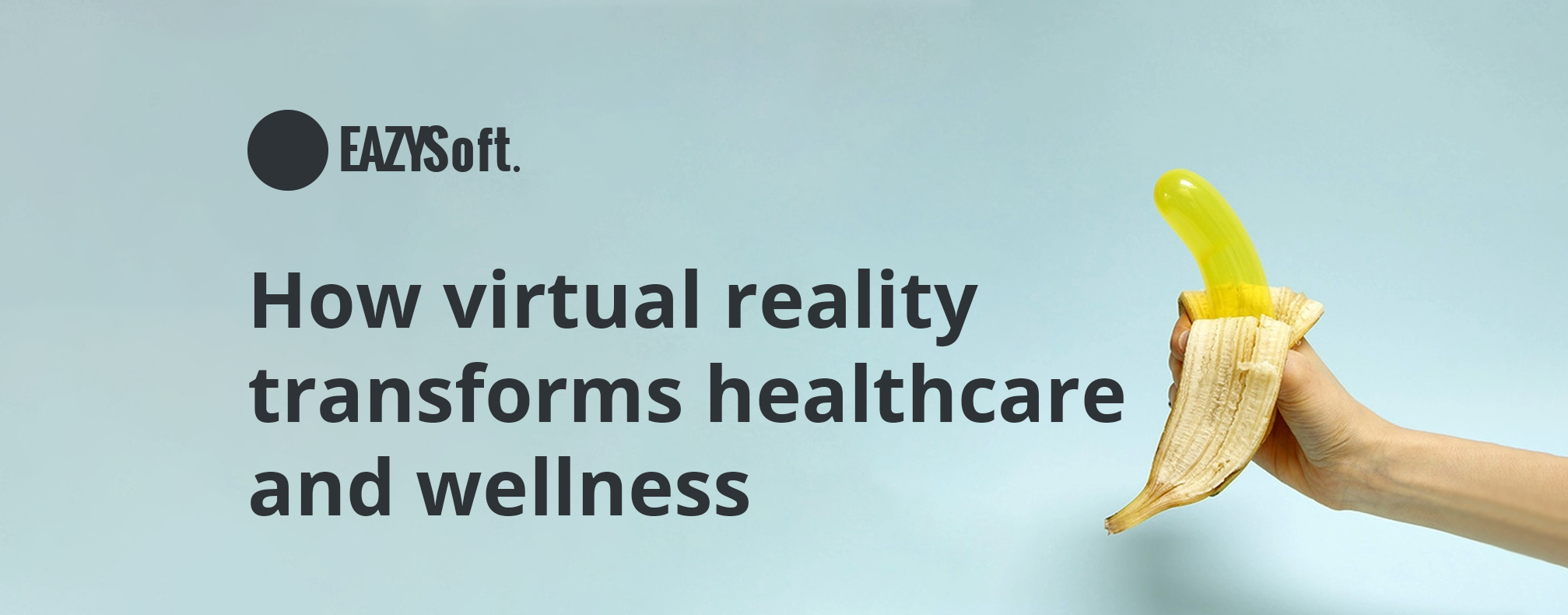
How virtual reality is transforming health care&wellness
Virtual reality has moved from science fiction to marketable consumer product very quickly, partly because the incorporation of the smartphone into the technology makes it accessible. But what about in healthcare? Could a technology primarily associated with gaming turn out to be a serious therapeutic tool?
VR technology has begun to come into its own regarding the treatment of anxiety disorders such as post-traumatic stress, physical rehabilitation, and pain management. It has also proven useful in providing therapies for autism patients. Additionally, it has become a powerful source of virtual “hands-on” training in the fields of medicine, dentistry, and emergency trauma treatment, offering the opportunity for virtual practice at no risk to patients.
Using “exposure therapy”, VR tech helps combat the effects of various phobias, anxiety disorders, and PTSD.
Studies have found virtual reality to be more effective than mental visualization or photographs, because the computer-produced situations are so effective at making one both believe and feel as though they are actually in a different environment. VR simulations for the fear of flying, fear of needles, arachnophobia, claustrophobia, or fear of public speaking are already in practice. Working with virtual reality for a short time can in some cases override an entire lifelong experience, changing one’s behavior for hours, days or months to come.
The role of virtual reality
Virtual reality (VR) and augmented reality (AR) are already making their mark in the health care industry. Harnessed for their ability to deliver patients a more convenient, modern, streamlined and effective health care service, as well as assisting surgeons, doctors and nurses in their work — diagnosis, treatment, surgery and long-term condition management — the scope of VR and AR is as wide as the human imagination can take it.
The ability to access high quality health services via technology such as VR offers a lifeline to employees in the field. It also shows corporate social responsibility on the part of the employer, and can even contribute to business continuity and sustainability.
No matter the industry or sector, expats can also struggle with their mental health as a result of moving to a new culture and community. In these cases, access to virtual therapy can be reassuring for employers, who know the needs of their staff are being met, and to employees, who benefit from quality care from across the globe. Care through VR and AR offers employees a route to sustained mental and physical wellness before, during and after their international work assignment.
Health and wellness use cases for virtual reality
1. Surgical Training
As far as medical understanding and technological advancements have come, educating current and prospective doctors is still largely done the old-fashioned way: books, tests, pens and paper. Virtual reality enthusiasts aren’t standing for it, especially when it comes to training medical professionals for surgery.Through realistic simulations of human tissue dynamics, endoscopic device optics and moving fluids to recreate life-life surgeries, doctors who need to practice surgical techniques can do so in a way that doesn’t run the risk of harming anyone, even though mistakes in the game can end up a bit shocking.
Additionally, the availability of the app means surgeons can really explore in ways they otherwise couldn’t with traditional training modes.
2. Post-traumatic Stress Disorder
Post-traumatic stress disorder, or PTSD, is one of the most pervasive mental health conditions, as well as among the most challenging to treat. Today, many experts are beginning to agree that exposure therapy can help, and virtual reality can provide that exposure in a physically safe, controlled environment.
Anything could trigger an episode in which the person with PTSD is transported back to the moment the traumatic event or events happened. It seems counterintuitive to purposely put a PTSD sufferer back in that place, but experts say using virtual reality creates a world where people with the condition can exert control over the situation, therefore experiencing a sense of resolution.
3.Concussion Assessment
Virtual reality companies in the entertainment space are interested in eye tracking because it offers another hands-free way to interact with a virtual environment. But in the healthcare space, eye tracking has potentially lifesaving applications. This can be used to assess the extent of the damage immediately after an injury, or to track recovery practice with an objective measure.
4. Aging in Place
Senior citizens are often firmly outside of the target market for consumer electronics, but digital health innovators have found the demographic refreshingly receptive to many forms of technology. As people may find themselves less mobile as they age, virtual reality could be a particularly big hit as a means of experiencing a world outside.
Rendever offers Oculus-based VR headsets to people living in nursing homes, allowing them to “take a stroll down memory lane” by immersing themselves in imagery of their childhood home or favorite outdoor setting. Moreover, the VR serves to spark conversation among residents, and users can also go on a “tour” of a certain place together.
So virtual is therefore very much a reality for the medical industry, providing practitioners with effective tools to boost their efficiency, knowledge, understanding and empathy, while transforming the patient experience.
